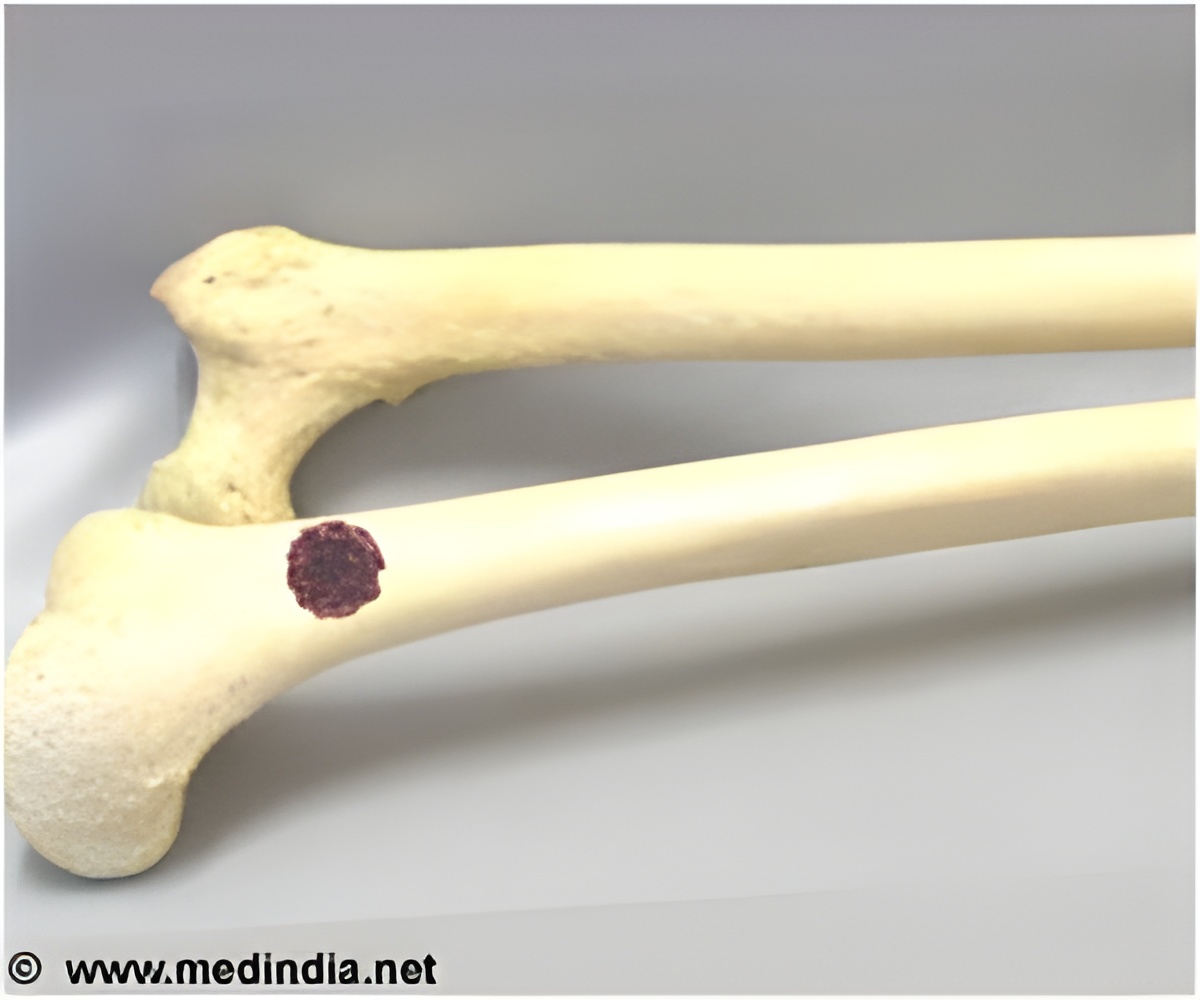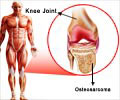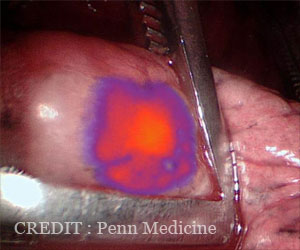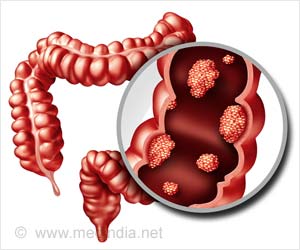
‘Leveraging the similarities between the human and canine forms of osteosarcoma, a bone cancer adds greatly to our understanding of how this aggressive cancer develops and spreads. ’
Tweet it Now
"While osteosarcoma (OS) is rare in children, it is all too common in many dog breeds, which makes it a prime candidate for the kind of comparative cancer biology studies that could enhance drug development for both children and our canine friends," said Will Hendricks, Ph.D., an Assistant Professor in TGen's Integrated Cancer Genomics Division, and one of the study's senior authors. Using multiple molecular-level testing platforms, TGen and Tufts researchers sequenced the genomes of 59 dogs, finding that canine OS shares many of the genomic features of human OS, including low mutation rates, structural complexity, altered cellular pathways, and unique genetic features of metastatic tumors that spread to other parts of the body.
Study results appeared today in the Nature journal, Communications Biology.
"These findings set the stage for understanding OS development in dogs and humans, and establish genomic contexts for future comparative analyses," said Cheryl A. London, DVM, Ph.D., the Anne Engen and Dusty Professor in Comparative Oncology at Cummings School of Veterinary Medicine at Tufts University, and the study's other senior author.
The study also identified new features of canine OS, including recurrent and potentially cancer-causing mutations in two genes, SETD2 and DMD. The study suggests that these findings merit further exploration.
Advertisement
Although surgery and chemotherapy can extend survival, about 30 percent of pediatric OS patients die from metastatic tumors within 5 years. The cancer moves much faster in dogs, with more than 90 percent succumbing to metastatic disease within 2 years.
Advertisement
Jeffrey Trent, Ph.D., FACMG, TGen President and Research Director, and a contributing author, said the comparative oncology approach is vital to the rapid development of new treatments for people and pets that need help today.
"More importantly, it provides an opportunity to develop therapies that make a difference in the lives of children and pets," said Dr. Trent, who has been a proponent of comparative oncology for more than a decade.
Source-Eurekalert











